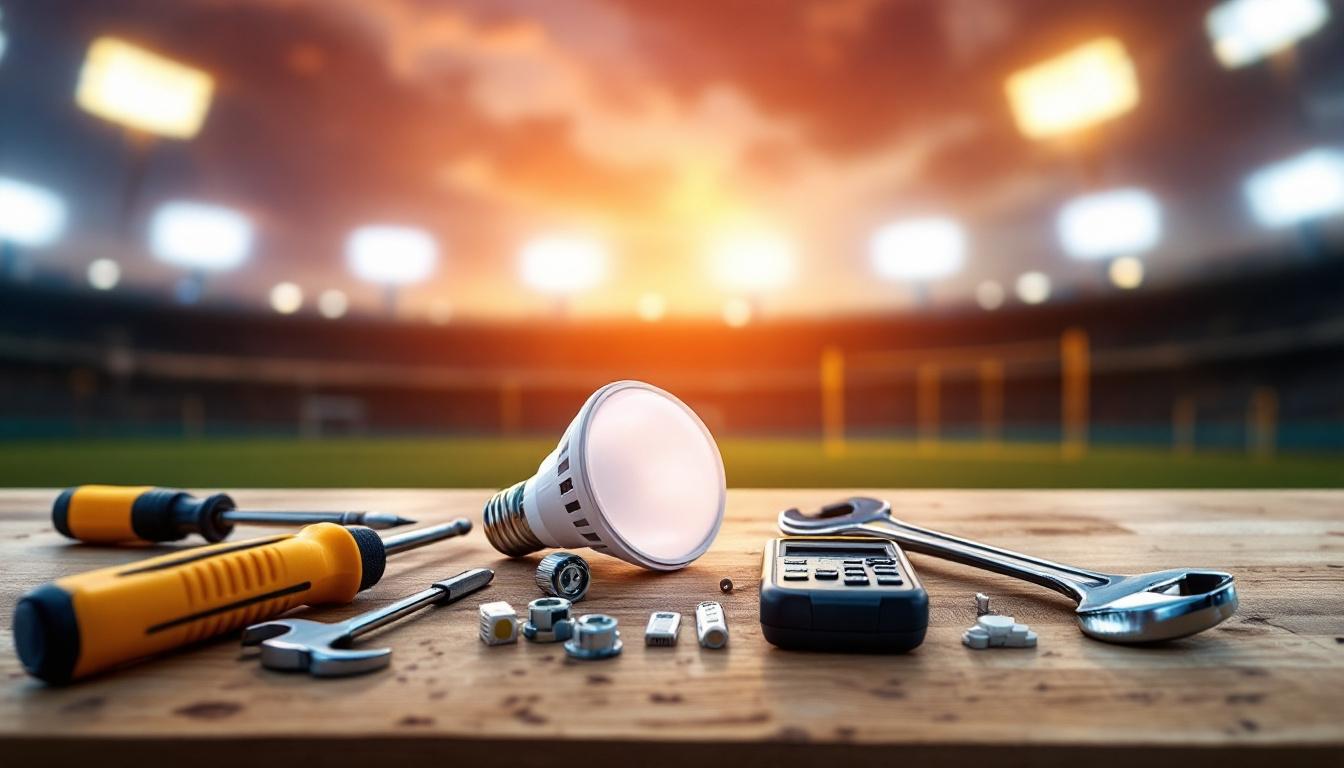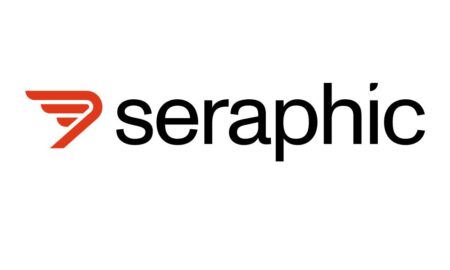Introduction
In the world of modern sports, lighting plays a far greater role than just illuminating the field. It affects visibility, player safety, audience experience, and even broadcasting quality. Yet, despite its importance, lighting maintenance is often overlooked. Many facility managers focus on short-term savings and neglect regular upkeep—only to discover that the real cost of poor lighting maintenance runs much deeper. From energy inefficiency to expensive emergency replacements, the hidden expenses of neglect can quickly add up.
1. The Safety and Performance Impact
One of the most immediate and serious consequences of poor lighting maintenance is safety. Inadequate or inconsistent lighting can cause visibility issues for both players and spectators. A poorly lit field increases the risk of injuries, especially in fast-paced sports where precision and reaction time are critical.
Beyond safety, performance quality also suffers. Players depend on proper illumination to track movement, judge distances, and maintain focus. Even small changes in lighting intensity or color temperature can disrupt visual comfort, leading to fatigue and reduced accuracy. For professional arenas where performance and presentation matter, ignoring lighting maintenance can directly affect game outcomes and viewer satisfaction.
2. The Financial Drain of Inefficiency
Many sports facilities continue to operate with outdated lighting systems that consume excessive energy. Without regular inspection and maintenance, bulbs deteriorate, fixtures lose efficiency, and control systems malfunction. The result is a spike in energy bills that could have been easily prevented.
For example, when lighting is left uncalibrated or partially damaged, the system must draw more power to achieve the same brightness levels. This inefficiency can increase operating costs by up to 30% annually. Routine checks and sports lighting repairs ensure that the system runs at optimal performance, maximizing light output while minimizing power usage.
Additionally, delayed maintenance often leads to emergency fixes—which are significantly more expensive than scheduled repairs. Replacing entire fixtures or control panels at short notice not only strains budgets but can also disrupt events, causing reputational and financial losses.
3. The Hidden Costs of Downtime
For large sports venues, downtime is a costly affair. Cancelled matches or delayed events due to lighting failures can result in lost revenue, ticket refunds, and damaged credibility. Even for community sports centers, such interruptions hurt customer trust and operational flow.
The most frustrating part? Most lighting failures are preventable. Regular inspections and timely maintenance identify early warning signs like flickering lights or inconsistent brightness—before they turn into major problems. A well-implemented maintenance schedule, combined with sports lighting repairs when necessary, keeps events running smoothly and ensures long-term reliability.
4. Environmental and Sustainability Concerns
In today’s environmentally conscious era, energy efficiency is not just a financial goal—it’s a social responsibility. Poorly maintained lighting systems waste electricity and increase carbon emissions. This goes against the sustainability targets that many sports organizations and municipalities now aim to meet.
Modern lighting technology, such as LED fixtures combined with smart sensors, offers incredible potential for sustainability. However, even these systems require periodic maintenance to maintain efficiency. Dust accumulation, misaligned sensors, or damaged wiring can reduce effectiveness over time. Regular upkeep and sports lighting repairs not only extend system lifespan but also contribute to a greener, more responsible operation.
5. Long-Term Value of Preventive Maintenance
Preventive maintenance might seem like an extra expense, but it’s actually a cost-saving investment. Routine inspections, cleaning, and component replacements extend the life of lighting systems and prevent unexpected breakdowns.
By implementing a structured maintenance plan, facility managers can:
- Predict and prevent failures before they occur
- Improve energy efficiency and reduce utility bills
- Maintain compliance with lighting standards for safety and performance
- Enhance the overall viewing experience for spectators
In the long run, proactive management reduces total ownership costs and ensures a consistent lighting quality that aligns with the prestige of modern sports environments.
Conclusion
Lighting is one of the most critical yet undervalued assets in sports facilities. Neglecting it can lead to safety issues, performance declines, energy inefficiency, and significant financial losses. The true cost of poor maintenance goes far beyond visible damage it silently impacts operations, reputation, and sustainability goals.
By prioritizing regular inspections and timely sports lighting repairs, facility owners not only preserve the integrity of their systems but also safeguard the experience of every athlete and spectator. Investing in consistent maintenance today means brighter, safer, and more profitable events tomorrow.



































